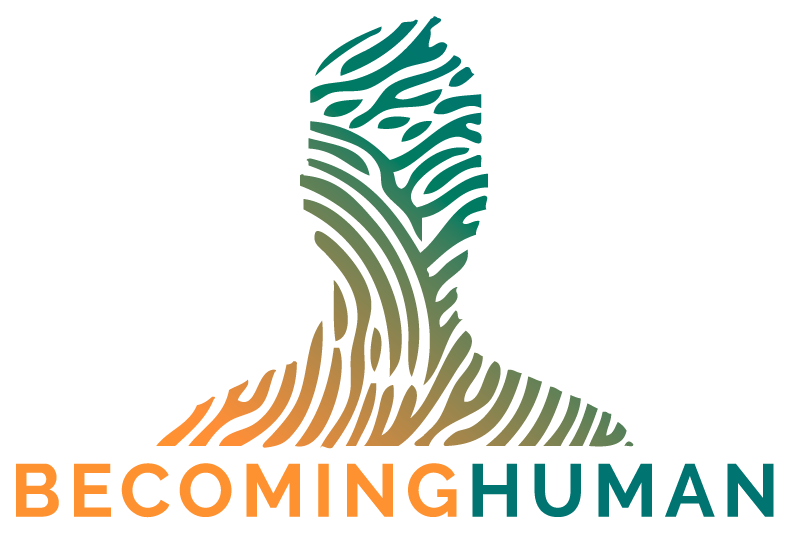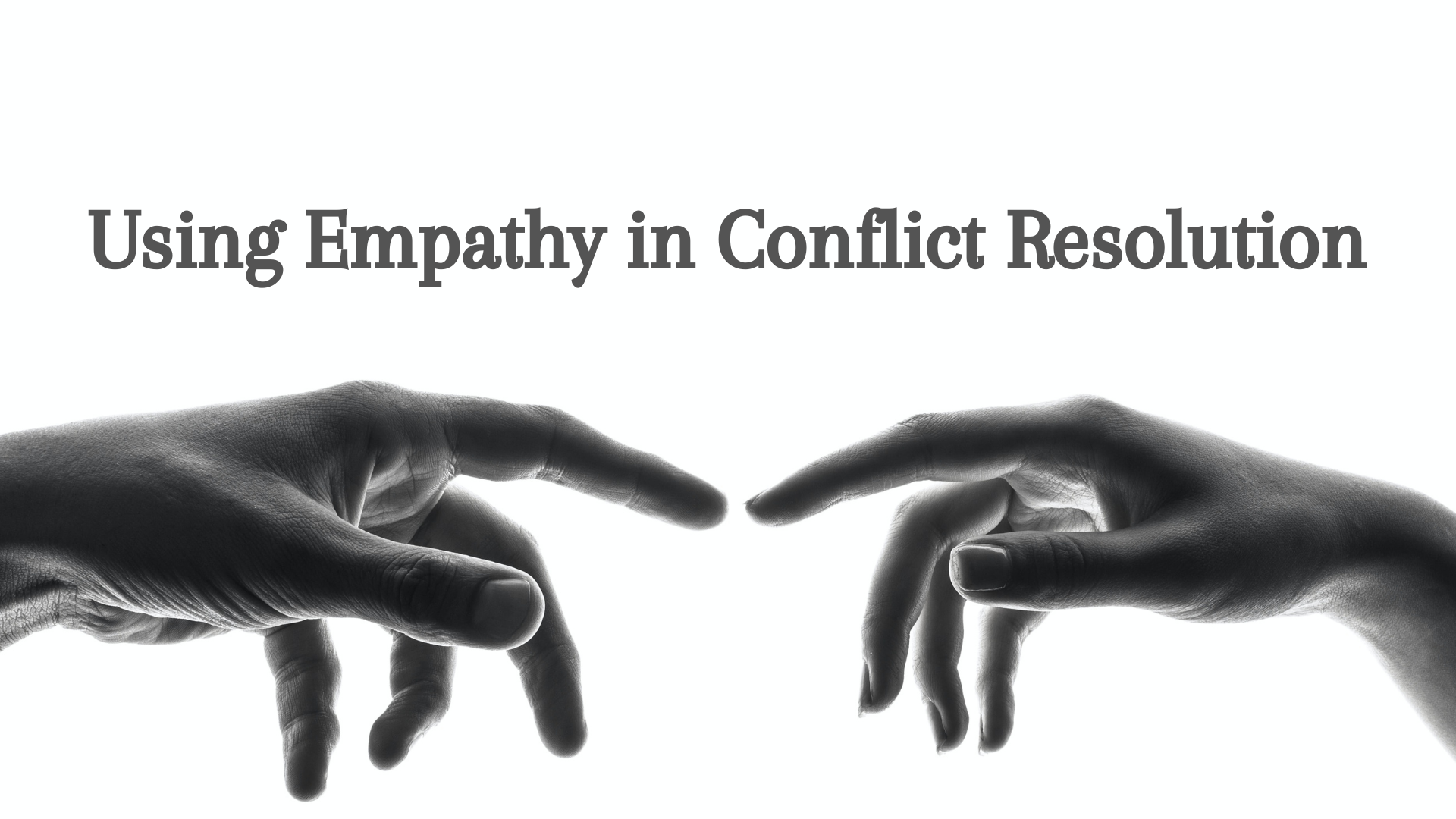[Community] - The 4 Defining Ingredients
/Part One — How “Community” Became A Trendy Monolith
Community is all the rage these days.
Everyone seems to be claiming they want more community, more intentional relationships, and a tribe with which they do life. While aesthetically romantic, what was natural for most of civilization's history has actually become a desperate pursuit because of its apparent lack in the majority of our culture's lives.
While most of human history has not had to even think about attaining true community, the longing for it exposes the reality that it is missing.
Why? What has changed?
Well it could be several reasons:
Part of this might be technology’s fault — that we are more connected than ever yet that we have such a shallow connection that never materializes into intimate relationships. I see this in rural areas where we once had to talk to our neighbors so we could get a cup of flour or because we needed help with the harvest or we simply needed assistance with necessary things was replaced by a screen. We can literally imprison ourselves within our structural walls because of the internet. Technology has allowed us to *feel like* we have everything we need.
Or it may be because of our lack of shared history — it is why families don’t seem to be as tight knit as they may have been in the past. We value transience and the romantic vagabonding of moving to cool places that are better than every other place (even though they tend to end up pursued and are found wanting).
Or it could be our schedule’s fault — we may want community, but if we do find the strength to un-isolate ourselves from our above technological fortresses, we probably still don’t have enough time to invest in others in a way that develops true community. We idolize the full schedule, the productive activity, and over-committing to these obligations that we really don’t want to do, but would feel lost without.
Or it might just be a giant conglomeration of all of these and other factors. In short, the move from collectivism and the picture of an interdependent village that needs one another in order to survive to the escalation of the individual who is industrially self-sufficient, can comfortably survive on their own, and has attained the actualization of comfort that allows for the "I" to be more important than the "we" is the root of the lack of community.
In turn, our culture seems to, whether conscious of this new reality or not, sense that something is missing — that our individualism has come at the expense of something we still yearn for:
Community.
Which means we may need to re-learn not only how to do this integrated life in collaboration with other individuals called community, but we may need to re-learn what it even is in the first place.
So, what is community and how does it work?
Luckily for us, we still have access to the answer — even if we have left the practice behind.
And just a warning — this is both easier and harder than you might think.
Part two — The four defining ingredients for true community.
There are four ingredients that are all necessary to establish an intimate, connected, relationally fulfilling version of community:
1 — Shared History
Knowing the totality of the people around you.
This isn’t just knowing each other as in knowing someone’s name and hobbies, shared history means you know and have watched their story that has led to the person in your presence in a particular moment. Shared history is about duration and accumulation of connection over time.
If you can look at another person and see not only their identity in the present, but the identity that has evolved over time and brought them to this place, then you have shared history.
I remember living in California and expressing to a mentor that there just seemed to be no community with the people we lived around. I was in graduate school, living in an apartment complex that had its own courtyard where all of the apartments faced this common outdoor space - it seemed primed for community! In addition, we were pretty much all students together. I came into this situation certain that we would all connect like a monastic family and was ready to enter into this tribe. But it didn't happen. When I brought this disappointment up to my mentor, he simply looked at me with an obviousness that I seemed to be lacking.
He said, "Where did you grow up?"
"Toledo, Ohio," I responded.
"And how long have you known the people living in your apartment complex?"
I quipped back with confidence, "Almost an entire year!"
"So you want to be intimately connected with people whom you do not intimately know? If you want these people to be your community, you are going to have to spend years and years sharing in their lives. You can't have community without shared history."
Eventually, this led to the prompting that I needed to move back to my place, where people knew me and my story and I knew theirs. Having rootedness is the first ingredient to having community. If you cannot look at another and see the culmination of their story in their being, then you cannot have the intimate connection required for community. Shared history is why transience makes community almost impossible.
While this can be manufactured by learning someone's story, it is a most natural effect of walking through their story with them over years and years. Usually the people we have shared history with are the ones we want to get away from and the people we would love to have community with are the ones we don't have shared history with - because shared history, seeing the totality of a person's life, means seeing all of the mess that comes with them.
Community, while still possible, will be more difficult if we try to create it with people whom we don't have longstanding roots. Community will be easier, and also messier, with those who we know and by whom we are known.
2 — Permanence
An intention of being with these people indefinitely.
It’s not law and changes certainly may happen, but the posture is important. Think of how marriage is (typically) approached — you enter the communal relationships with no end in mind (hence why the traditional vow includes, "Until death do us part." If you don’t have this component, there will be an aversion to investing in these people completely. It’s only when you are willing to die next to someone (or a group of people) that you are willing to walk through every component of their lives with them.
In other words, the people in your “community” can no longer be objects for you to use in your adventure, they become subjects with whom you journey through the adventure with. Your "community" is not a group of people you interact with to get something from because you are just as interested in giving yourself to them.
Again, there is a rootedness and attaining community will be most natural in the place where you have been permanent. If you try to start from scratch in a new place, it is still possible, but exponentially difficult. However, simply taking on the perspective that, in a relationship, one of you will be at the other's funeral, celebrating and mourning the loss of a part of your life. Can your community sit at a table together and look at each other and say, "I'm willing to bury you. Are you willing to bury me?" While a bit morbid and, out of context, can sound a bit violent, that is how you know you have a community.
The easy part — deciding to commit to a place and to those people by investing your life with them indefinitely.
The hard part — actually being willing to transcend yourself and the urge to escape to greener grass when it gets messy by valuing the long-term benefits of permanence. The early part of your relationships will be romantically pristine and excitable. However, how many “communities” depart from one another after a year or two because the idealism has worn off?
Community must be approached in a similar manner to marriage — with an expectation of permanence.
Permanence also implies that the value of quality comes from the quantity of years, not the quantity of places you are. Again, our culture may have to sacrifice the allure of transience that has not only become fashionable, but normal. We often assume that we are going to move, whether for the new job or for the new experience. For me, I had to give up the notion of living in lots of cool places and getting lots of cool experiences because it would be at the expense of relational rootedness with a group of people over time. You can see how this transience is a bit of a new concept in the scope of world history, but in an age where you can literally live wherever you want to, community would be at the expense of individualized freedom. For those of you live in the culture that I do, permanence is not, therefore, natural...it must be chosen.
3 — Proximity
Based on the biological reality that connection and meaning happen through touch, this means that proximity is still necessary…especially in our technological age.
You can create the other ingredients of community in virtual or online settings if you really want to, but, in the end, it is just a screen. It is also why our technological fortresses and busy schedules keep community from happening. Your presence matters.
This is easy and, even, natural if you have the first two ingredients, but it is also hard in that we have a plethora of means to avoid this. From the dawn of chatrooms and website forums to the advent of social media, we can remain behind a screen and still connect with people we choose to connect to. Maybe we need to differentiate between "friends" and "neighbors" — without proximity, we can be connected to lots of people, but we can't have community.
4 — Shared Imagination
This one is the hardest to get…because we tend to disagree.
It is also the easiest to accrue with technology, because we can gravitate towards the people who think like us without having to do the other 3 ingredients.
Can you nurture a common bond that holds the group together and gives them a mutual direction? This is all about having a common identity that transcends each individual and draws the relationships towards one another — a common purpose.
It is why marriages start with vows, why monastic communities pledge their lives to a commonly held vision, and a family stays connected when it develops a shared value system. It is no longer about the individuals getting community from each other, it is about the group creating an identity that bonds them to one another.
In the more ancient world, this came quite naturally — it is called survival; a pretty good bond to keep folks connected. Today, it can become cliche or even forced, but we might be able to learn from the ancients. If we can root our survival in the lives of those we have a shared history, permanence, and proximity with — that will create a shared imagination that exists beyond the individuals and will hold the group together over time.
Part Three — Suggestions For How To Get Started
See — isn’t that easy!
And, actually, kind of hard?
Well, here’s some suggestions for nurturing these four ingredients:
1. Presence. You have to be together — a lot. This is why monastic style communities live together. If you want real community, then that monastic style of commitment would be the ideal. If living together isn’t quite your thing, you can still capture intentional presence. A couple suggestions, then:
Having recurring rhythms with folks — meals, activities, etc that fall in the same pattern and become a priority no matter what.
Overnights — whether vacations, camping, or spending the night at each other’s house. Spending large chunks of time together eliminates the possibility of staying on the surface.
Corporate involvement — do things together that aren't made up (like vacations, etc). Make things together. Raise barns together. See where this is going? Before our technological and industrial advancement, being involved in the lives of those around you wasn't a choice, it was a necessity.
Sharing in the things that need done as if they are natural to both of you will develop the four ingredients in a powerful way. Again, monastic style living makes this certain, but it's still possible without it. Which brings us to suggestion number two:
2. Necessary Things — do stuff for each other. Fix the appliance. Watch their children. Grab their groceries for them. Do things that intertwine your existence with one another…and not as “favors” or one-off acts of kindness, but because it is assumed that this is how the relationship works.
For me, I am pretty ineffective with tools. I, therefore, have a group of people on whom I can rely that will come instantly to help with a project. I also happen to be a decent cook and am able to offer that service for my larger community.
If someone is going to put in a garden or needs to harvest produce, they need to know that there is a group of us ready to lend our hand — not just to be helpful, but to share in the work with them.
Or, to a larger extent, if someone is suffering or hurting, they need to know that there is a group of us ready to share in that part of their story and walk with them — not because it is nice, but because it is essential to our life together.
If you have true community, you take on the notion that your health is intertwined with theirs. Our corporate interconnection sees to everyone's health. Sounds like a pretty ancient thing again, huh? I hope you are catching the bias here — that our advancement has lost something and our answer to community might just lie in recovering the natural human condition that lies with those who came before us.
These kinds of relationships are the most central to human existence throughout history. The way we live today, so isolated and surface-y, is a relatively new idea.
So if you want true community, start by asking, "Which of these ingredients do I currently have? Who are the people in my life that I could commit to these ingredients with more intentionally?"
Change your life by changing your relationships.
True community will be the natural result.


![[ Community ].jpg](https://images.squarespace-cdn.com/content/v1/5963d280893fc02db1b9a659/1522327271615-LWKV8QDD9HBZSSFK9R8N/%5B+Community+%5D.jpg)







![Three Reasons We're Lonely - [And Three Responses For Being Less So]](https://images.squarespace-cdn.com/content/v1/5963d280893fc02db1b9a659/1651234022075-7WEKZ2LGDVCR7IM74KE2/Loneliness+3+update+%283%29.png)





























